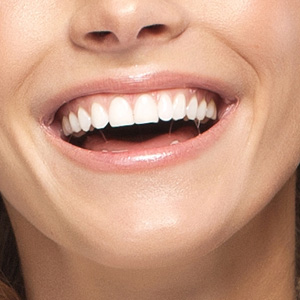Periodontal Splinting
Periodontal splinting is a technique used to stabilize teeth which have become loose. Loose teeth most often occur from periodontal disease where much of the supporting bone has deteriorated. However, loose teeth may also be a result of injury or grinding. Splinting distributes your biting force among groups of teeth rather than individual loosened teeth.
There are two basic types of periodontal splinting:
- Extra-coronal Splints: A stabilizing wire made of fiber-reinforced ribbon is bonded to the insides of the teeth. This is much like a fixed orthodontic retainer.
- Intra-coronal Splints: A channel is milled on the top of the affected teeth, and custom formed metal splint is inserted into the slot and bonded in place. This process can make the splint less visible.
Most often, teeth that are loose enough to require splinting have less than 40% of the supporting bone left. In some cases where tooth roots are abnormally short or thin, or if the bone around them is not particularly dense, teeth may show signs of being loose when more than 40% of bone volume still exists.
The long term outlook or diagnosis of the teeth and gums must be considered before deciding upon these treatment options. In some cases an active periodontal disease is the cause for your loose teeth and simply bringing the diseases under control can firm up your loose teeth. In other cases the teeth themselves may need to be replaced if damage is severe. Our periodontist, Dr. Wilson can best prescribe the right action if loose teeth exist. See your dentist or a periodontist for a complete examination and consultation to learn all your options.
Veteran & Woman-Owned Practice
At Coastal Periodontics, we are proud to be both a Veteran and Woman-Owned periodontal practice. This foundation reflects our commitment to excellence, service, and leadership in patient care. Our values are shaped by a strong sense of discipline, integrity, and compassion—qualities that guide every patient interaction. When you choose us, you're supporting a practice built on dedication to both country and community.








